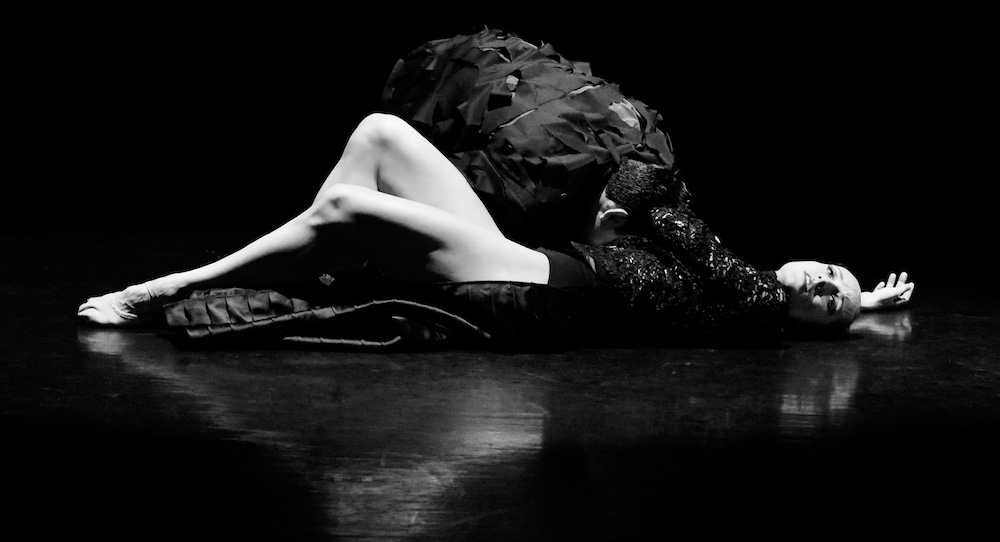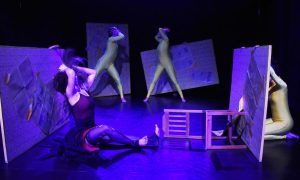Every so often, an artist emerges who can speak to the present moment, yet also transcend it. Such artists create work that is powerful at the time of creation, but also timeless. Felipe Escalante seems to be one of those artists. His company, Tabula Rasa Dance Theater, will premiere at POP at Gibney on August 9-11.
The work, EX UMBRA IN SOLEM (FROM THE SHADOW INTO THE LIGHT), focuses on a timely, yet timeless subject – human displacement.
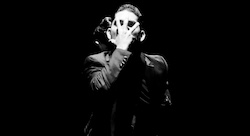
Tabula Rasa Dance Theater. Photo by Russell Haydn.
Describing this phenomenon in the present day, promotional copy for the work states that “the earliest humans left their habitats due to natural causes. Today — forced migration is happening on a massive scale due to entirely man-made circumstances. Political, religious and military violence has forced millions of vulnerable people out of their homelands, with nowhere safe to settle.”
Here, Dance Informa speaks with Escalante to learn more about the work, his life in art, his views on art and more.
What drew you to dance? And to choreography, at the relatively young age of 16?
“Silence. The idea of being in a silent, meditative state, and to move and create alone with myself, without music or any distractions — that is what drew me as a child to dance. Dance was inside of me. (My parents were in the performing arts, and still are.)
The ideas of showing how and what I feel and think – and of manifesting beauty, in my own way – are what attracted me to choreographing. My teachers pushed me a lot to create. Somehow, they gave me the chance to make dance pieces at a very early age.”
How did your company, Tabula Rasa Dance Theater come to be? Was it a challenging beginning? If so, how did you overcome those challenges?
“Tabula Rasa Dance Theater was always there (every performance of my life, I knew that no matter what I was asked to do, it was my own dancing). It just so happens that now we are eight dancers instead of just one. A dance company is itself like a dance piece — with movements, space, time, sound, form, rhythm and color. My dance is always transforming and will continue to do so.
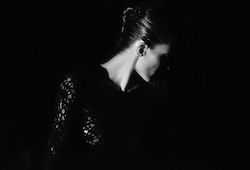
Tabula Rasa Dance Theater. Photo by Russell Haydn.
Anything involving art is challenging. Anything involving creativity is challenging. The challenge is never-ending. The only way to overcome challenges is by working very hard.”
How would you describe your choreographic aesthetic? What are you most interested in when it comes to dancemaking? What tools do you find most useful?
“My choreographic aesthetic is personal. Through my intellect and imagination, I recreate, rewrite and communicate my thoughts, ideas and feelings. For me, creating represents pain and pleasure. Many emotions, some pleasant, some not, are involved in the creative process.
My choreography is characterized by explosive movements. It is also minimalist, repetitive and clear. I wish to embrace the animalistic nature of the human body, in all its ugliness, poetry and beauty.
I find drama in articulations of the spine and confront the uncomfortable dimensions of life – pain, cataclysm and death. Related to the expansion of the universe, my movements aim to be expansive and transcendent. As my work is not tied to a specific socio-political moment or to a fixed set of interpretations, it does not demand elaborate explanation. I do not think my art can be hurried. The movement requires time, care, deliberation.”
Your work to premiere at Gibney seems quite apropos in 2018 – in an age when heated discussions on borders, identity, nationality and race fill the cultural zeitgeist. To the extent you feel comfortable sharing, do you see this work as commentary on current events or something broader or, conversely, something more personal?
“It is not very comfortable or pleasurable to share this. I wish I could share only good things with my art, but there are so many other matters that my work must address. I am very concerned, for example, that although there has never been so much capital and knowledge at our disposal, we use these cultural tools to self-destructive ends.
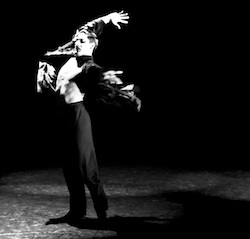
Tabula Rasa Dance Theater. Photo by Russell Haydn.
Art goes beyond a socio-political moment. Art needs no explanation or justification. Art is transcendent. Art is a product of human intelligence and sensibility. Art is something that is bigger than the artist. Art is a human necessity. It takes time to cultivate art, and art never ends. Art made in a fast way is not art.”
What’s the best advice you’ve ever gotten about dancing, or making dances?
“From my mentor, Guillermina Bravo: ‘We need dance to survive and not become extinct as a species, so we can generate knowledge and intelligence.’ And lastly, Guillermina also told me, ‘Don’t let your dancers bring their shoulders up!'”
What else do you want to share about your thoughts on art and dance?
“Nowadays, there is a broad hate for beauty. Ugliness is so much easier to find and to understand than beauty. Young people need to experience more in real life, with all their senses, in order to grow. Through dance and art, reality can become tangible, yet it is also intangible. If you truly like dance, you can’t be ignorant. You need to see and be exposed to all genres of art and science, as often as possible.”
Click here to purchase tickets to Tabula Rasa Dance Theater’s EX UMBRA IN SOLEM, which will be presented August 9-11 at The Theater at Gibney 280 Broadway.
By Kathryn Boland of Dance Informa.


